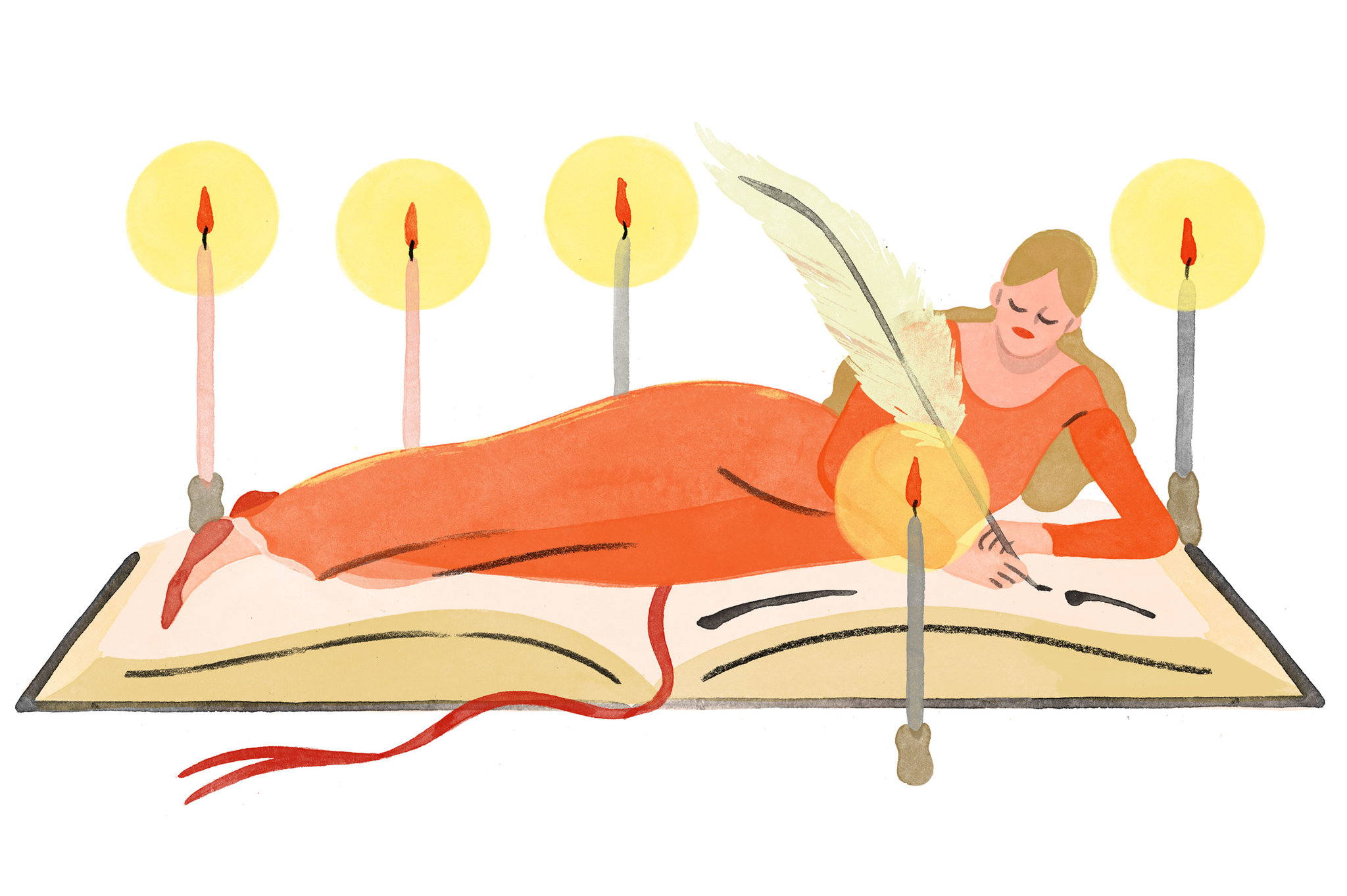
Do you want to learn the formatting of a manuscript properly? If yes, then read this blog to have a better understanding of non-fiction manuscripts.
If you are a non-fiction writer, you know how much it is important to format your non-fiction manuscript. It is because the credibility and reputation of a non-fiction author depend on the execution of the book. So, this guide will help to save you from future hassle and also saves lots of money.
As a matter of fact, is non-fiction manuscript bound by lots of factors that include grammar, font style, font size, line spacing, paragraphs, and many other things. That is why it is imperative to maintain the overall aesthetic of your ultimate product from the use of grammar to the words you choose to graphics.
Sometimes, it happens that authors use stylized font type in their books, which develops the perception among readers that the book writer does not take the subject seriously. Keep in mind that an amateurish layout might impact the authors’ credibility. It also affects the book information no matter how creatively he designed its matter.
For a non-fiction book, the author’s credibility, trustworthiness, and reputation matter the most. So it is imperative to get in touch with professional manuscript editors who know how to format your non-fiction manuscripts perfectly and design them as well.
If you want to learn how to design a manuscript like a pro, you can even avail of best-ghostwriting services from any top agency. But if you want to do it on your own, you need to follow the rules mentioned below. This will let you format a manuscript like professional authors do and make things easier for you.
Table of Contents
ToggleHow To Format Your Non-Fiction Manuscript Genre?
If you wondered how to format a non-fiction manuscript, here you will read the 6 major steps that every professional writer would consider.
Once you follow these steps, you will surely end up with a fantastic final product. So, without further ado, let’s dig into this blog!
Step #1 – Formatted Text
When people write a manuscript, they usually use a word processor to write up minimally formatted text like business letters, notes, emails, etc.
However, the word minimally formatted simply refers to the typing and addition of the text. Most of the time people are using the return key in order to move to the next line and sometimes the tab key to create additional white space. Many of us are likely to hit the return key most of the time or use double spacing among sentences. These habits are inoffensive in the daily writing task. It may cause devastation when designers and editors work on the manuscript document.
So, one must avoid accidentally doing such an act and follow the best formatting practices;
Font style & size – For a non-fiction manuscript you have to opt for Times New Roman as your font style. And make sure the text size should be 12. The smaller font size is harder to read.
Line spacing – Avoid using single space. Always use line spacing of 1.5 lines and sometimes double space lines. This formatting will make your non-fiction manuscript more readable to your editor.
Paragraphs – Using first-line indentation with no spacing is necessary. It tells your editors where a new paragraph begins.
Chapter breaks – It is one of the most important pieces of formatting. Once you have completed the last paragraph of a chapter, do not hit the space key multiple times to get a blank page. You only need to type the name of the new chapter and set a “page break.”
Use of space bar – Do not use double spaces or the tab key in order to separate sentences or words. Must use a single space.
Step #2 – Images/Tables/Charts
The most important thing a non-fiction book writer should consider is the images, tables, and charts in a manuscript. Bear in mind, do not embed images in the manuscript. You have to indicate where the image goes by providing them instructions in brackets.
Step #3 – Captivating Headings & Sub-Headings
When you are starting a new chapter, make sure you switch to the new line and type your chapter name. After that, you have to go to the styles menu and opt for Heading 1 (H1). If you enter the sub-chapters make them Heading 2 (H2), and for sub-sub-chapters make Heading 3 (H3) and so on.
This feature is the most important part for the book designer. The reason is; chapter and sub-chapter titles are formatted in different font sizes and types, which allows designers to generate the book’s table of content easily.
Step #4 – Chapter Number and Page Number
Another most necessary part of the non-fiction ghostwriting manuscript is the chapter or page number. When you submit your manuscript to the editor do not forget to add page numbers. It is an automated function that can be added by adding a footer in the document.
One more thing that you have to consider is the chapter number. Make sure you mention the number on every new chapter of your book. You can also add part numbers or sections if you are grouping the chapters thematically.
Step #5 – Page Title
Editors require the page title of your manuscript document. A title page of your book contains the book’s title & subtitle that start at the top left-hand side for your book. It must be followed by the author’s name, total word count, and contact information such as your email address or phone number.
Step #6 – Manuscript File
This is the final step for non-fiction manuscripts. You always have to submit the formatted manuscripts in a single file. Avoid submitting them as a separate chapter file. Do not worry about adding front or back matter. Frontmatter includes copyright page, foreword, acknowledgements, etc. Back matter includes a list of references, about the author, and an index.
The front and back matter needs to be edited once your non-fiction ghostwriting publication gets ready. An author needs to remember that the book’s introduction is one of the most crucial parts for a book, rather than the front matter. It is something that will add to the manuscript before your first chapter.
The Final Words
If you want to make your nonfiction manuscript flawless, you must consider its formatting and other rules to design it perfectly. Make sure you consider its line spacing, font size, font style, etc. to improve the readability of your book.





